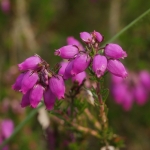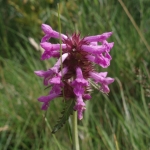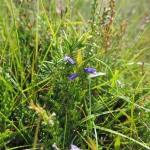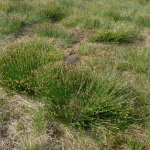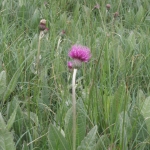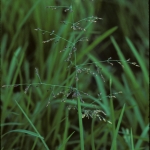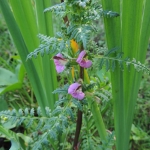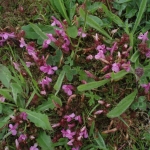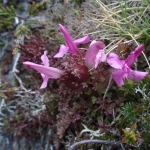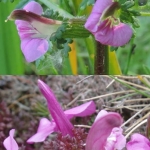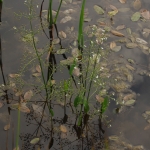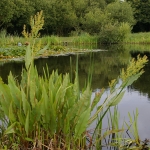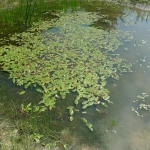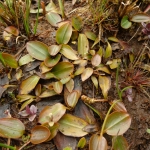Missing and Scarce Plants in Sutton Park
These plants were present in 1991 according to H.H. Fowkes and P. Coxheads' "Flora".
If anyone finding these plants, could let us know, giving an 8 figure grid reference, we would be very grateful.
(Alternatively, a GPS tagged photograph.)
The beautiful Bell Heather Erica cinerea, was recorded in 1971 in heath in SP0896, 0995, 0996, 0997, 0998 and 1097 but seems now to have completely disappeared. (Don’t confuse it with Cross-leaved Heath Erica tetralix, which has more delimited heads of paler flowers, beset by long hairs with glands at their tips, and leaves in groups of four (three in Bell Heather)
Betony Betonica officinalis also still to be recorded – it was known from rough grassland in SP0897 and SP1095 in 1971.
Quite a few species in the mires along the two brooks seem to have got scarcer. We have still to find Deergrass Trichophorum germanicum which was present in the Erica tetralix mires at least until the 1970s. It resembles the spike-rushes, but all their leaves are reduced to scales. In Deergrass the uppermost leaf at the base of the stem has a green blade.
Common Cow-wheat Melampyrum pratense was present in woodlands in SP0897, 0898, 0997, 0998, 1097, 1098 in 1971 and again not seen at all in our present survey.
Quite a few species in the mires along the two brooks seem to have got scarcer. We have still to find Deergrass Trichophorum germanicum which was present in the Erica tetralix mires at least until the 1970s. It resembles the spike-rushes, but all their leaves are reduced to scales. In Deergrass the uppermost leaf at the base of the stem has a green blade.
Although it is still present not far from Little Blacebridge Pool, we don’t seem to have recorded Meadow Thistle Cirsium dissectum recently in the Longmoor Valley mires – I am sure it is there! Unlike the other thistles it completely lacks prickles.
Nor can we find Water Whorl-grass Catabrosa aquatica which was seen in the same mires in 2005.
There is still plenty of the (rarer) Red-rattle Pedicularis palustris in the Longmoor and Little Bracebridge mires
The (commoner) Lousewort Pedicularis sylvatica we have not been able to find. It is shorter and more prostrate than Red-rattle and grows in drier situations.
In contrast with Red-rattle the calyx of Lousewort is usually hairless, and all four of the calyx lobes are dissected (just 2 in Red-rattle).
There seems top be a particular shortage of plants growing in water. The Great Water-plantain Alisma plantago-aquatica, used to be in shallow water around many of the pools as recently as 1971. We have not seen it at all in our recent survey.
The Great Water Dock Rumex hydrolapathum was known from similar shallow-water habitats in ditches and by pools. Again not seen recently.
There is a great scarcity of submerged aquatics – there are a few in Bracebridge and (sometimes) one or two in Keeper’s Pool, but most of the water-bodies lack aquatics. This is Broad-leaved Pondweed Potamogeton natans. Still quite common in canals, it seems to have gone from the Park.
Do not confuse Broad-leaved Pondweed with Bog Pondweed Potamogeton polygonifolius, a smaller plant found mainly in springs and flushes in the mires. The leaves lack the rubbery joint just below the blade which is present in Broad-leaved Pondweed and keeps its leaves flat on the water.
